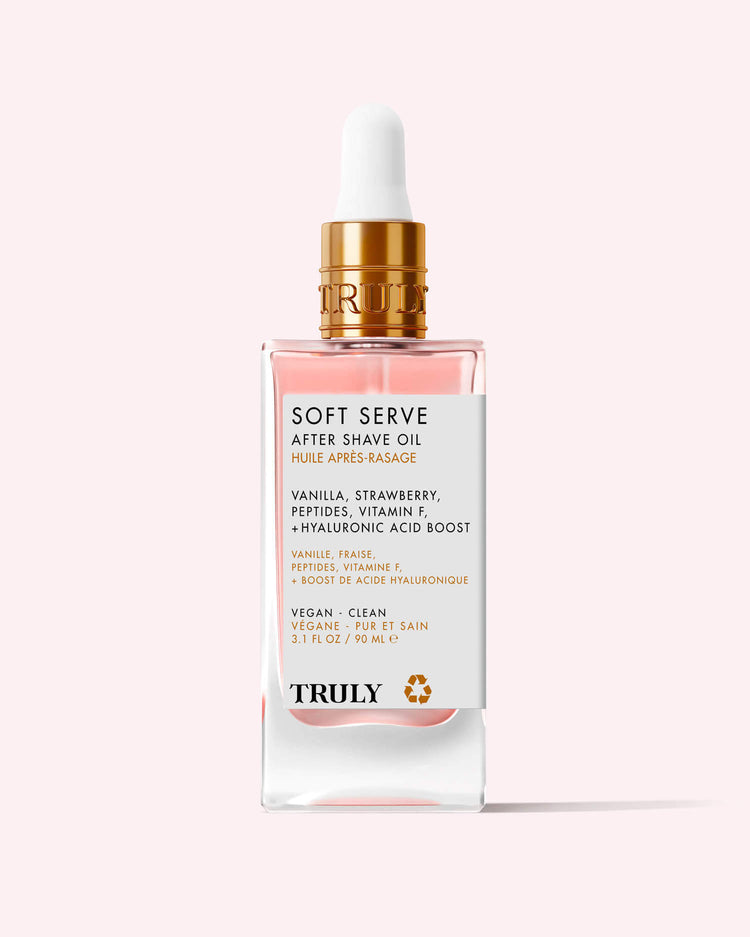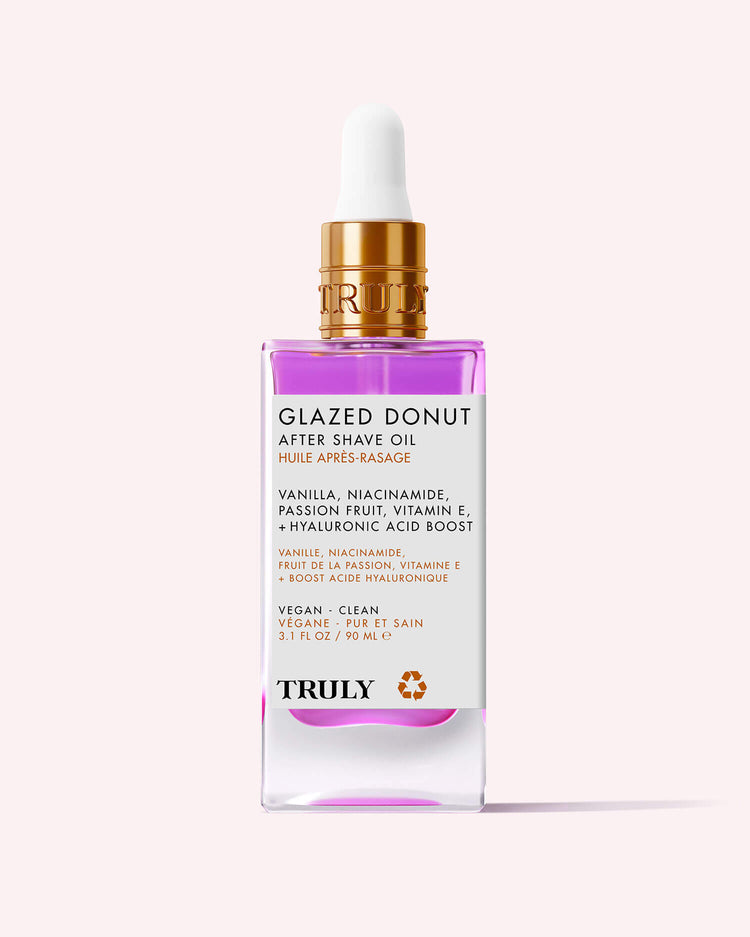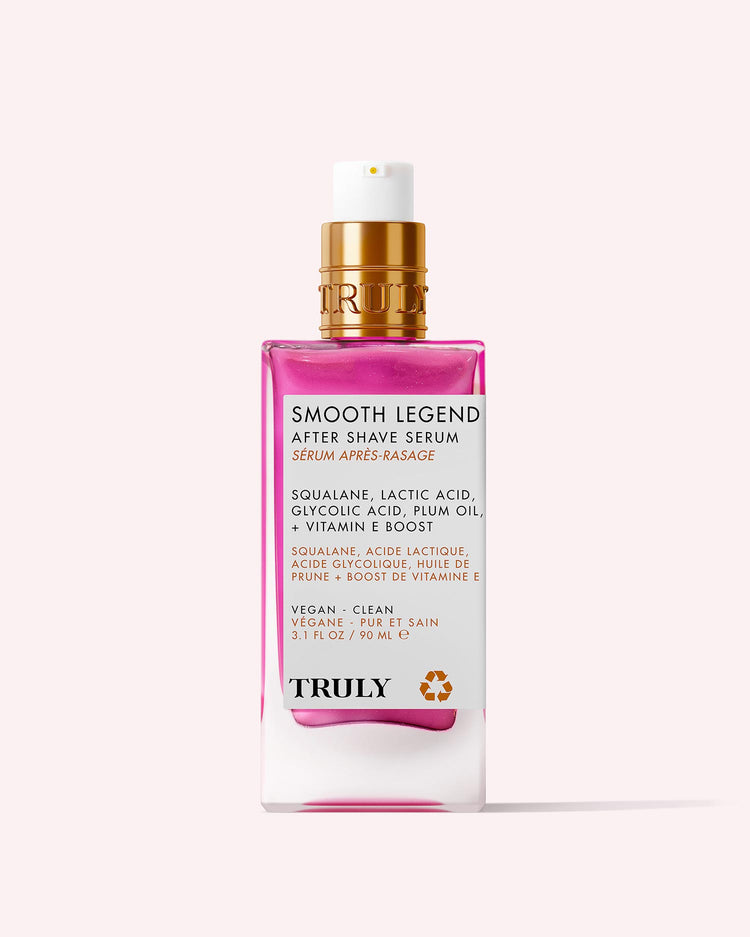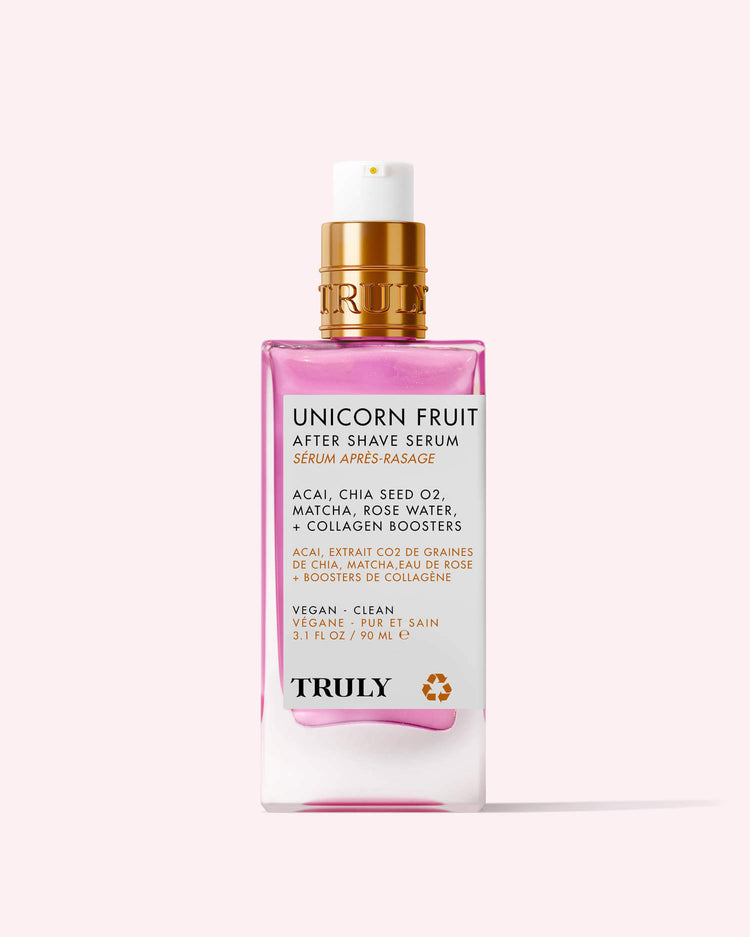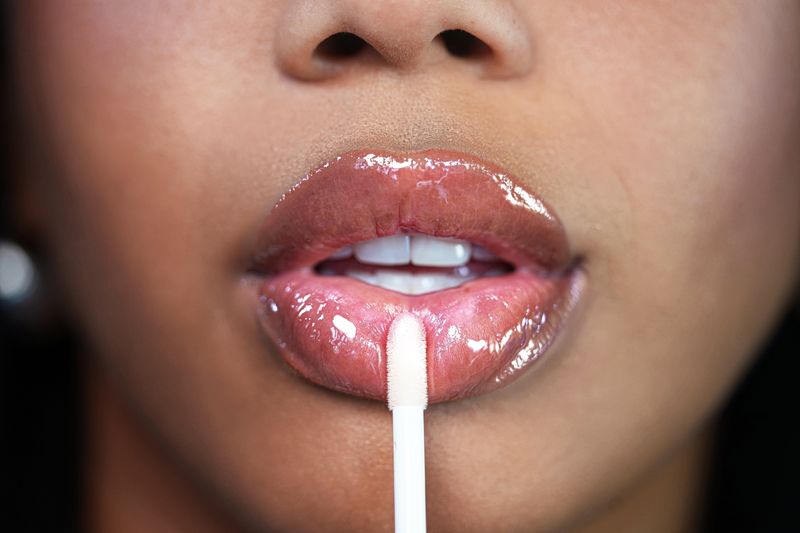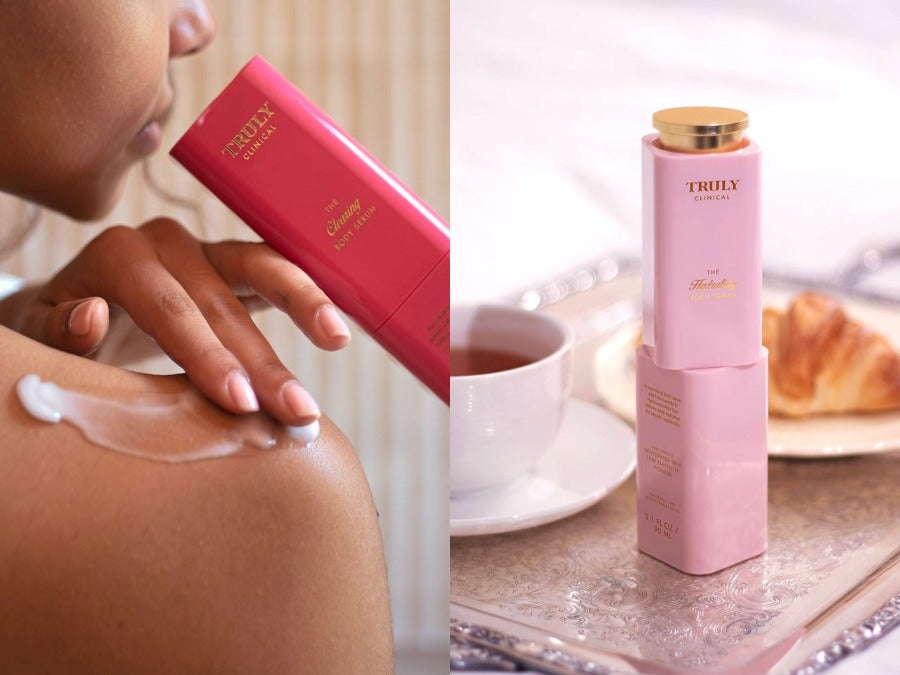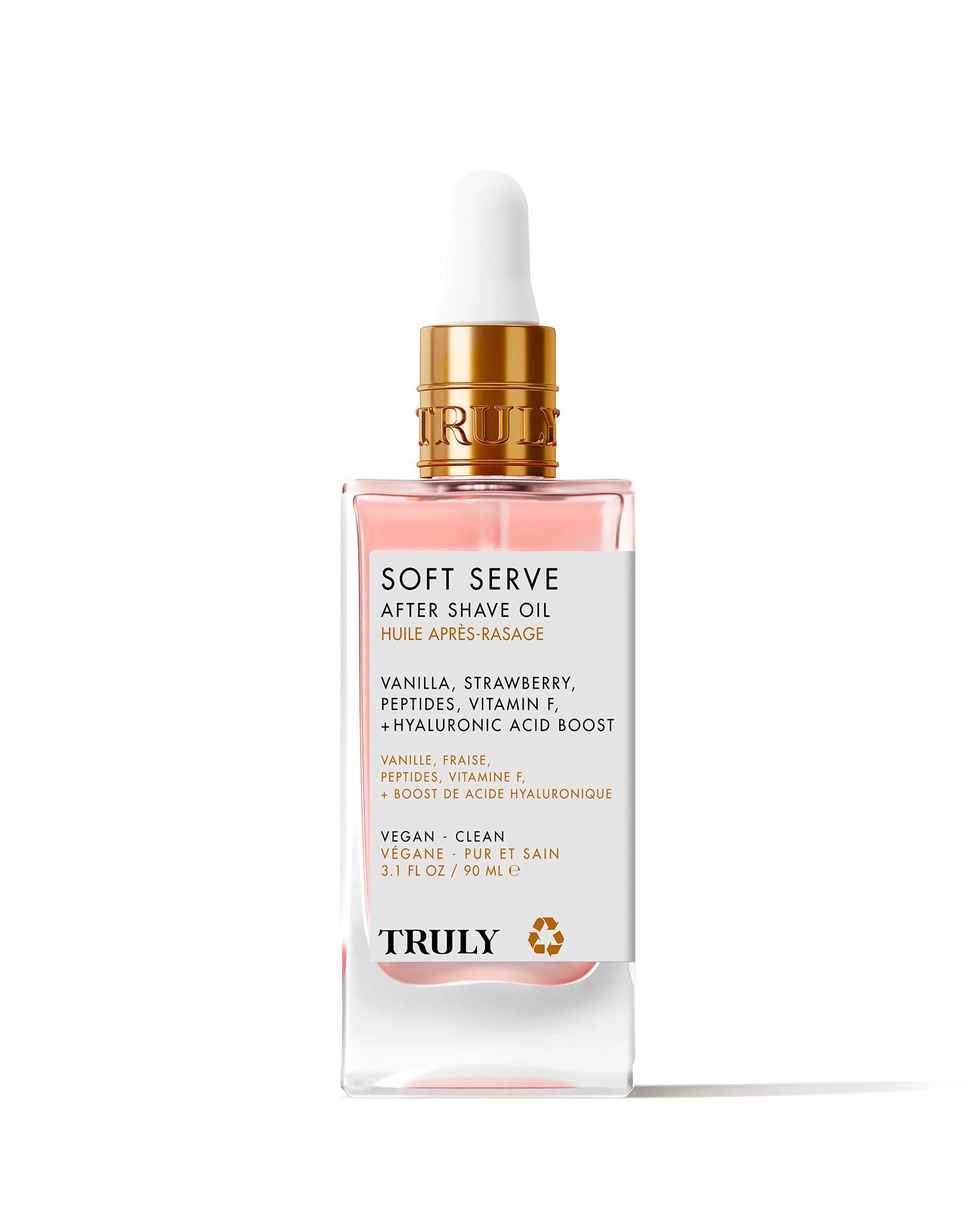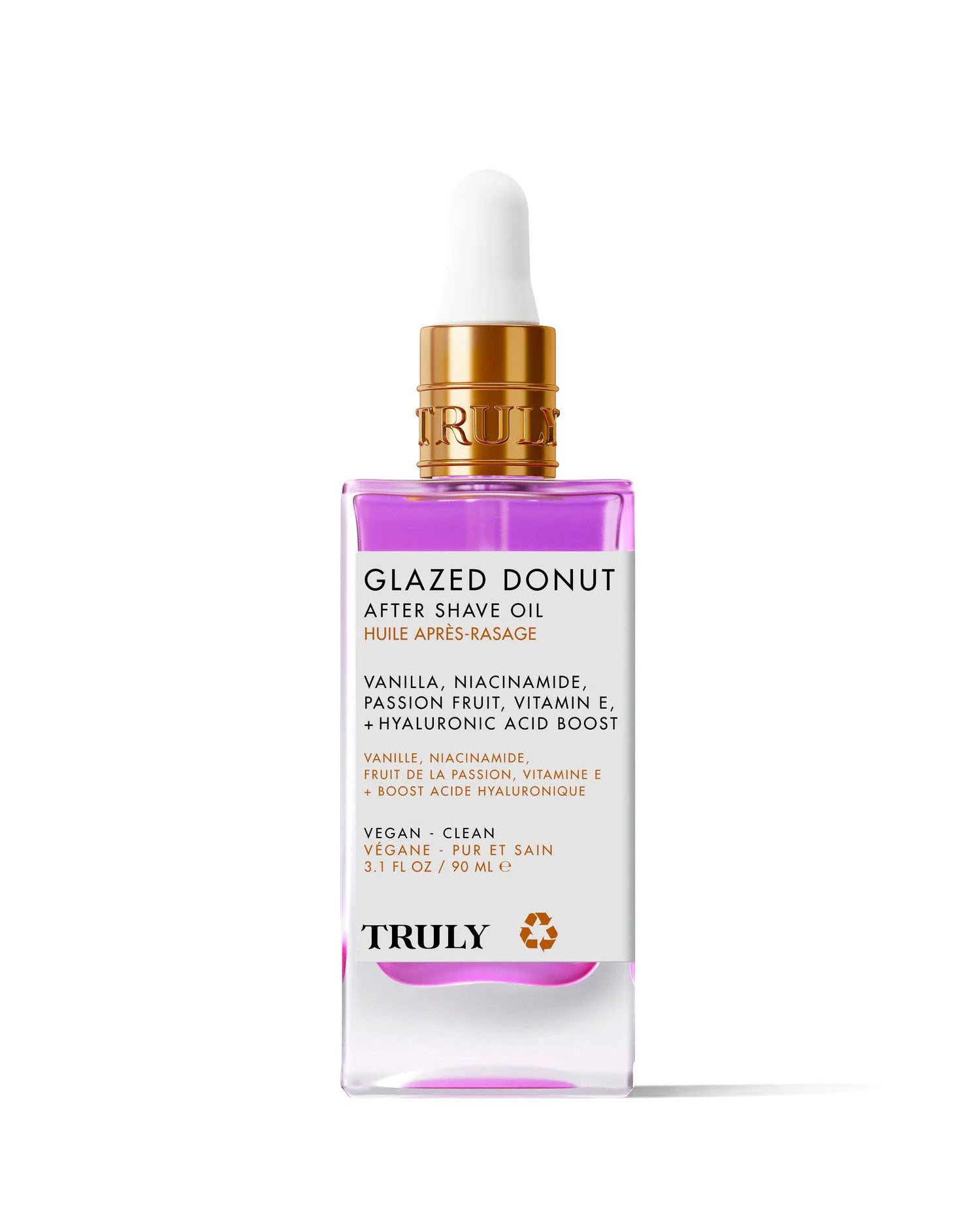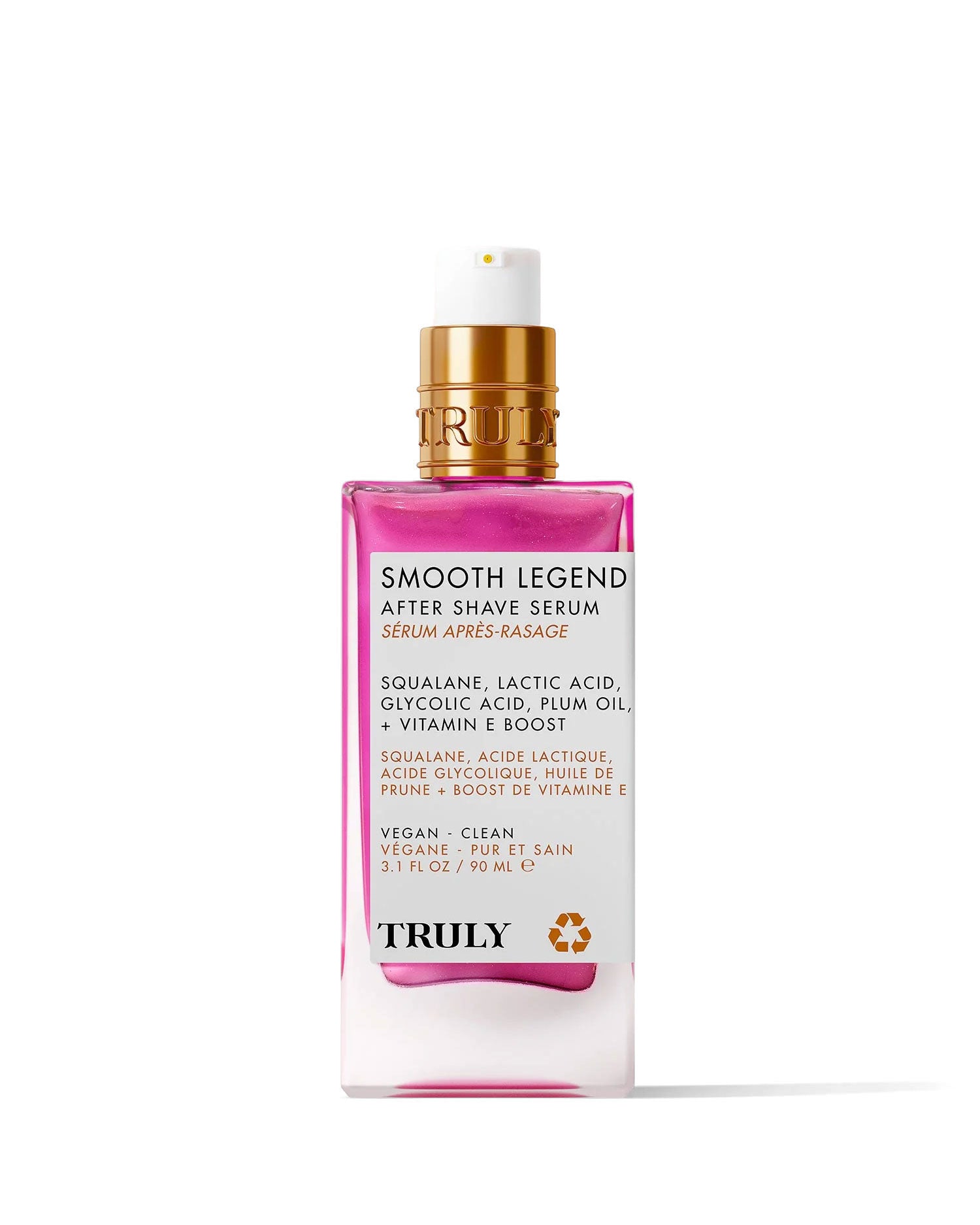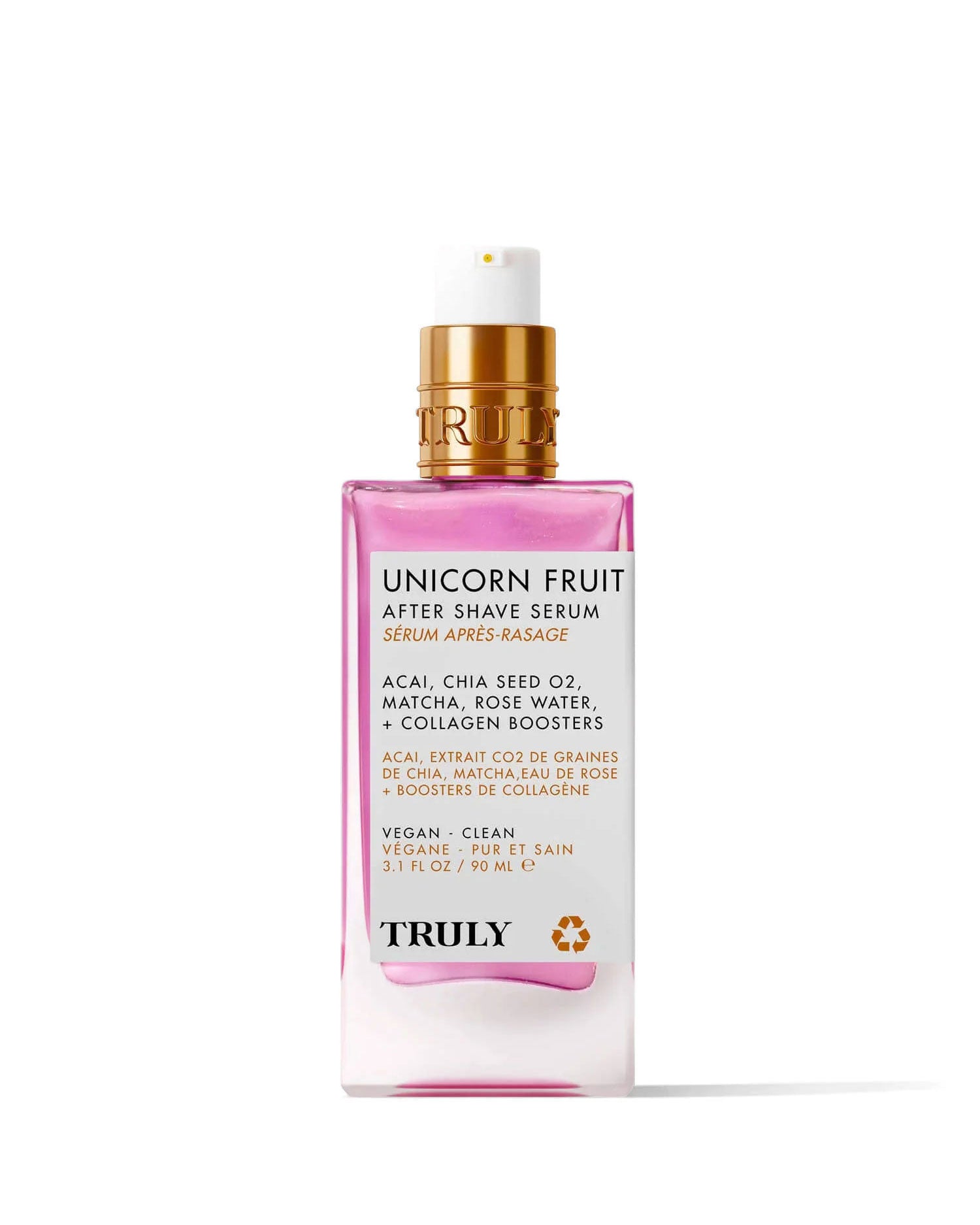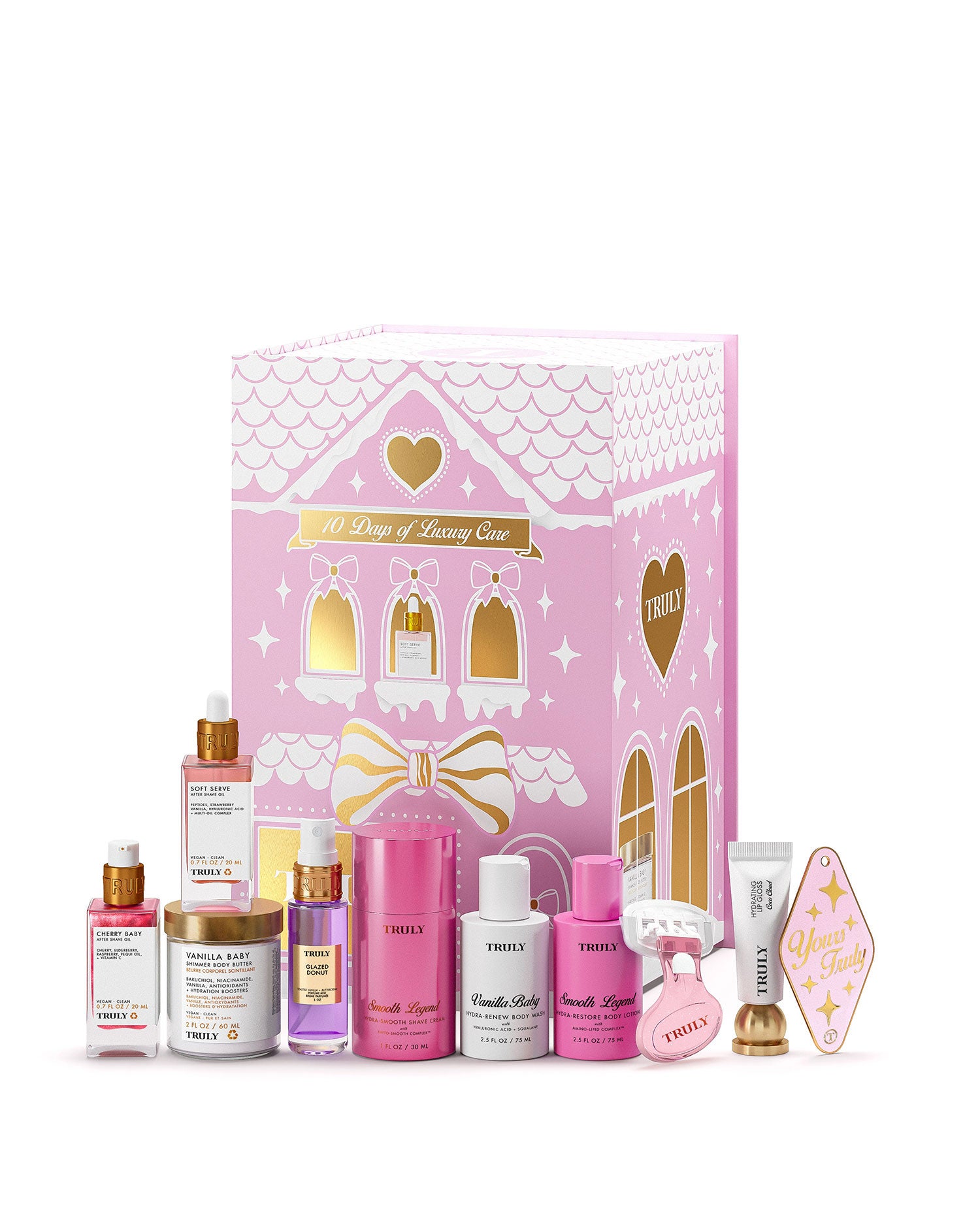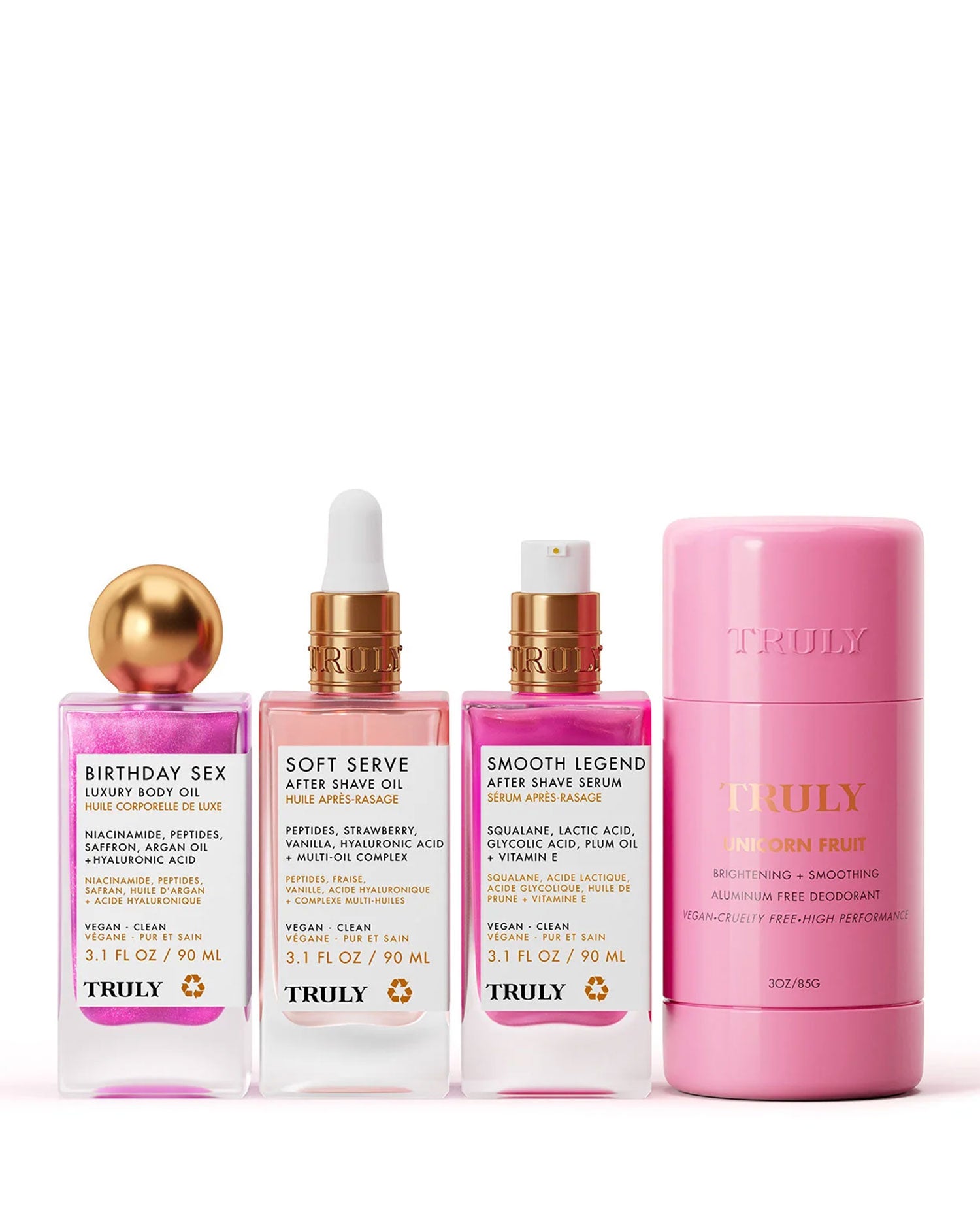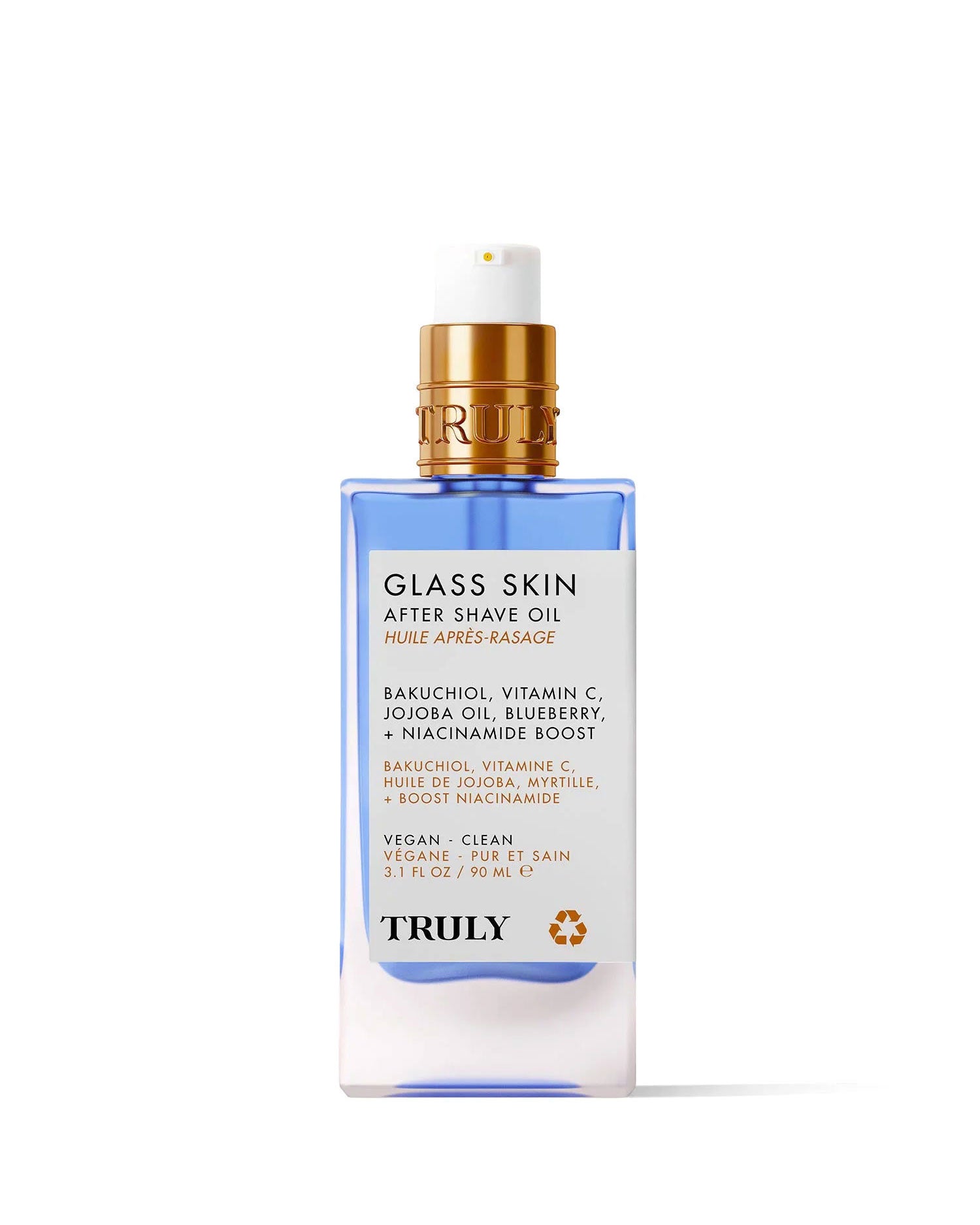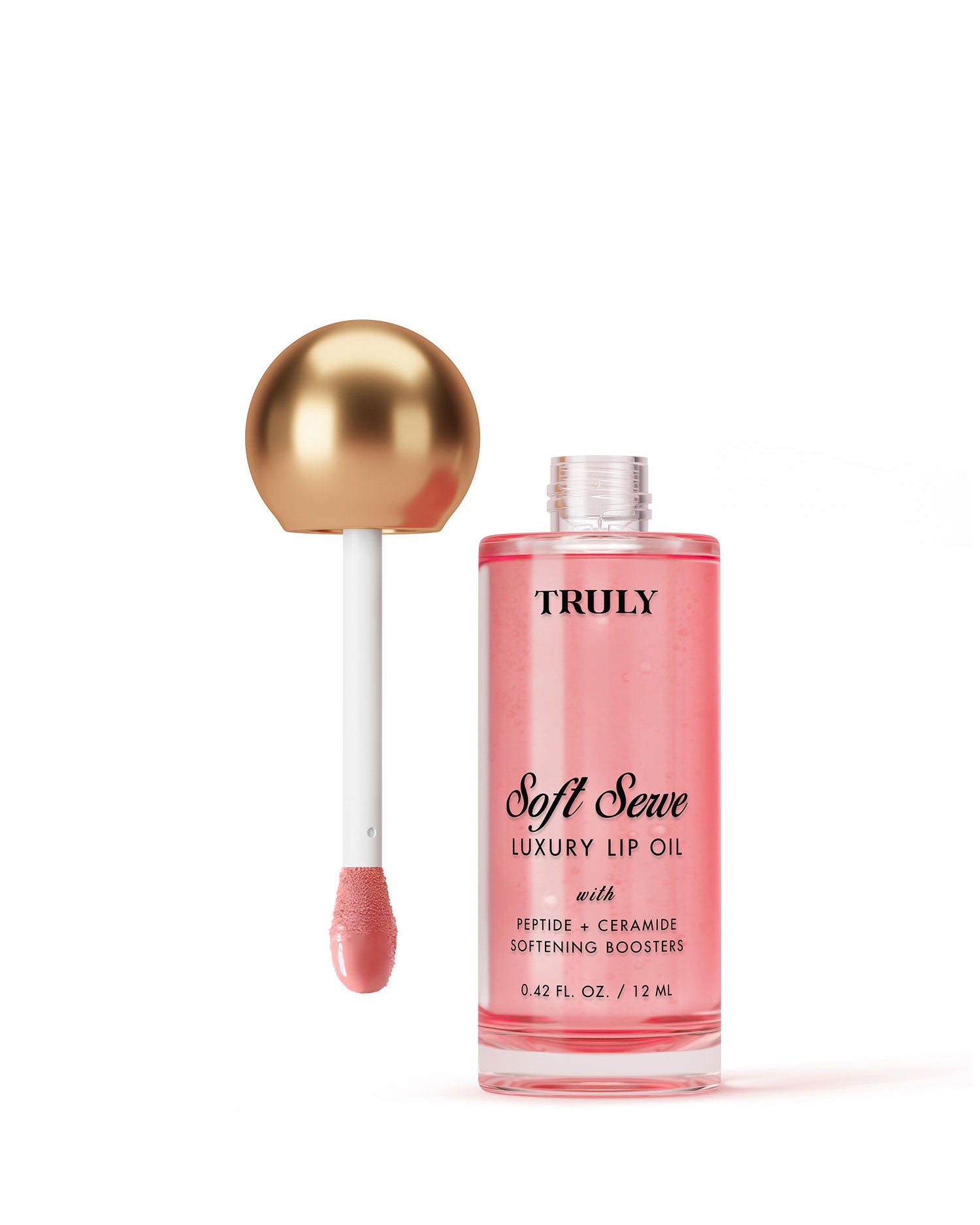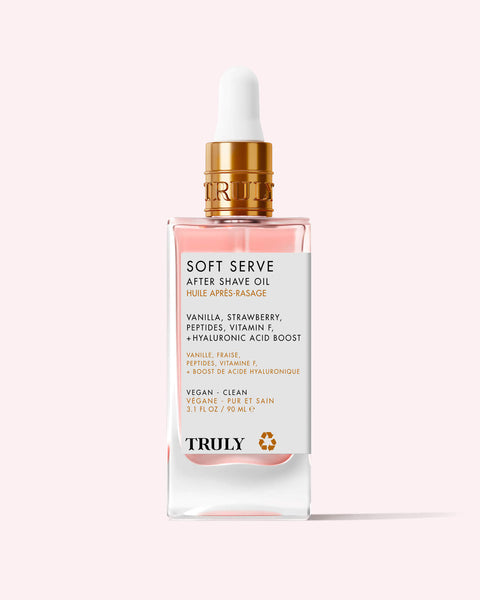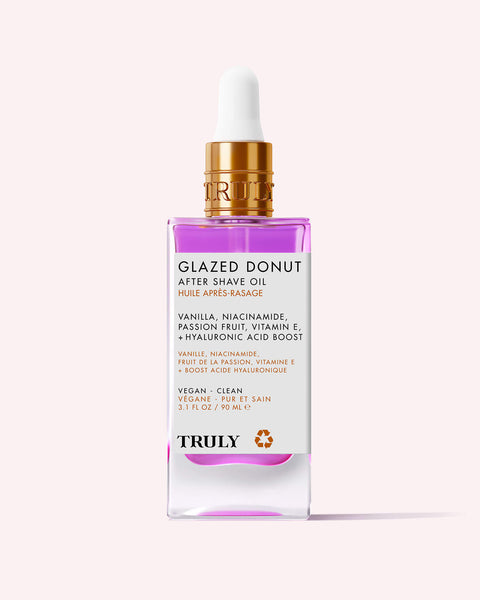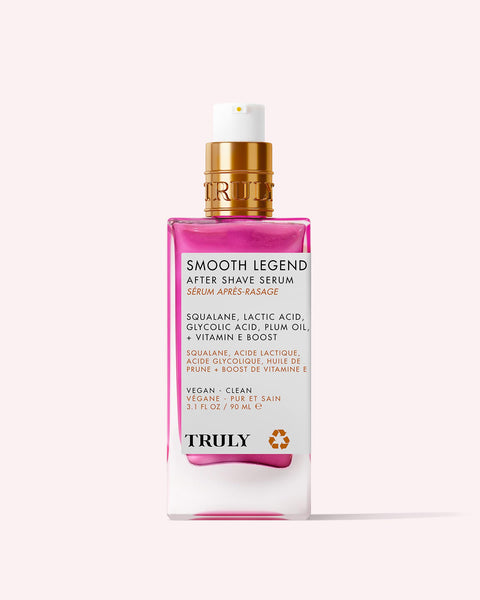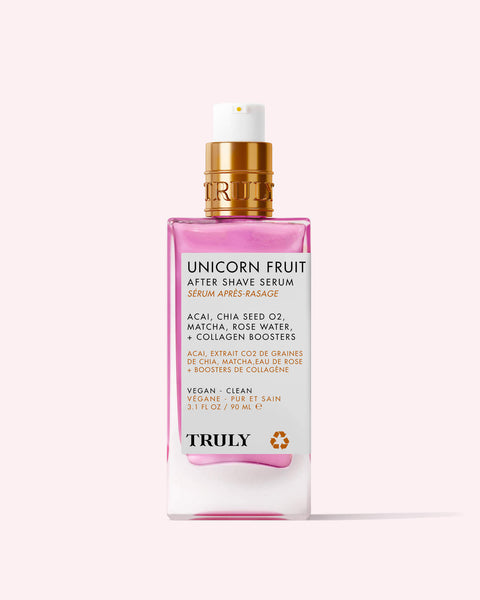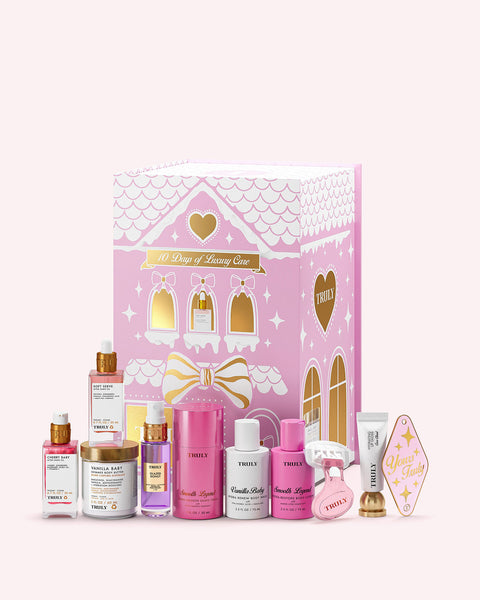The Difference: Blackheads, Whiteheads, Sebaceous Filaments (& How to Treat)
January 08, 2023
By: Truly Beauty
Blackheads, whiteheads, sebaceous filaments...do you really have any clue what's lurking on your face?
Trouble is, if you don't know what you're dealing with, how can you properly treat it? The best way to tackle those bumps and breakouts on your skin is to first distinguish what they actually are.
Here's how to tell the difference between a blackhead, whitehead, and sebaceous filament -- and most importantly: how to treat them!
Blackheads
What are They?
Blackheads appear as little black dots on the skin, and usually appear around the nose and jaw. They form when the opening of a hair follicle gets filled up with dead skin cells and sebum. Once this material gets oxidized by air, it turns black. And that's why it's called a blackhead.
Blackheads are a form of acne, known as open comedones. While they're a form of non-inflammatory acne, blackheads can turn into pimples if not removed. You'll know if you're dealing with blackheads if the gunk pops out with the yank of a pore strip.
How to Treat
To get rid of blackheads, your skincare routine should incorporate exfoliating skincare ingredients such as salicylic acid and glycolic acid. These hydroxy acids dissolve dead skin cells, impurities, and oil to keep pores clear and blackheads banished.
We recommend Truly's CBD Jelly Bundle, which features a face wash, facial serum, body cleanser, and toner. These skincare products use the decongesting powers of salicylic, glycolic, and vitamin A, and the soothing powers of hemp, aloe, and tea tree oil. It's everything you need to take control of your blackheads without drying out or irritating your skin!
In-office peels may also help. Speak to a board-certified dermatologist to discuss your blackhead treatment options. They may be able to suggest other blackhead removal options for you to try.
Whiteheads
What are They?
A whitehead is a type of acne that occurs when a buildup of skin cells, oil, and grime combine to create a white tip of oil-skin mixture on the surface of the skin. It resembles a small breakout, only the area around it won't be red and inflamed. Whiteheads are most commonly caused by clogged pores, hormonal changes, and irritation.
The difference between whiteheads and blackheads is that with a whitehead, the oil is covered by a thin layer of skin whereas with blackheads, the oil is exposed to air and oxidizes giving them a black appearance.
How to Treat
Acids work wonderfully!
Just like with blackheads, you want to focus on chemical exfoliants like salicylic acid and glycolic acid, which work to un-clog pores, minimize oil production, and clear up your skin. Retinoids can also be effective at speeding cell turnover and decongesting pores for a clarified complexion.
"For whiteheads, salicylic acid is great because it breaks up the 'glue' that keeps dead skin cells together, and can degrade the keratin plug in the whitehead," explains Dr. Rachel Nazarian, dermatologist at Schweiger Dermatology Group.
Just remember that while these active ingredients are super good at tackling whiteheads, they can also be pretty drying and may be too harsh for sensitive skin types. For the first couple of weeks, stick to one whitehead treatment at a time until your skin can handle more.
We recommend Truly's Oily Skin Kit as a starter skincare routine. It features a cleanser, serum, face mask, and acne patches formulated with various zit-zapping ingredients, like salicylic acid, glycolic acid, and retinol to clear whiteheads in their tracks. For best results, use all four of these products as part of your skin care routine.
Sebaceous Filaments
What are They?
Similar to blackheads and whiteheads, sebaceous filaments are most commonly found on your T-zone and other oily areas of your skin. They appear as tiny black dots or specks on the surface of your pores, much like blackheads, but are more often than not smaller in size and quite different in functionality and cause. Sebaceous filaments may be more visible in people with enlarged pores.
As per the derms, sebaceous filaments are caused when the pores fill up with sebaceous filament.
"Sebaceous filaments are naturally occurring, tube-like structures that line the walls of your pores. Their purpose is to direct oil flow," explains celebrity esthetician Renée Rouleau.
How to Treat
Through a combination of skincare products and treatments, you can lessen the appearance of sebaceous filaments and help prevent them over time. It's important to make these products a normal part of your skin routine in order to see a visible improvement.
Clay masks, clarifying cleansers, and exfoliators are your best weapons for fighting sebaceous filaments. They are able to cut through oil and penetrate deep into your pores, breaking up the gunk clogging your pores, and minimizing the appearance of the filaments and larger pores.
Once again, turn to over the counter salicylic acid, retinol, and glycolic acid -- whether in a scrub, gel, or pad.
We recommend Truly's Pore Shrinking Kit -- featuring a toner, two serums, face scrub, and pimple patches. All formulated with salicylic acid, retinol, and glycolic acid! It's a tailor-made lineup of our best brightening, pore-minimizing and oil-fighting products to shrink sebaceous filaments for good. For best results, use these products as part of your daily skincare regimen.
The Takeaway
Blackheads, whiteheads, and sebaceous filaments all look relatively similar and form due to similar causes. However, there are a few key differences between the three.
While blackheads and whiteheads are a form of congestion typically seen on the t-zone, sebaceous filaments are actually part of your skin. They're simply structures that facilitate oil secretion from the sebaceous glands to your skin. When the filaments get clogged with dirt and oil, they look a lot like blackheads.
Unfortunately, the effects of pore-clearing scrubs aren't permanent for sebaceous filaments since the pores will only fill back up. However, by making decongesting scrubs and masks part of your regular routine, you can take control of your sebaceous filaments!
As for blackheads and whiteheads, these can be easily treated with exfoliating products and daily cleansing.


